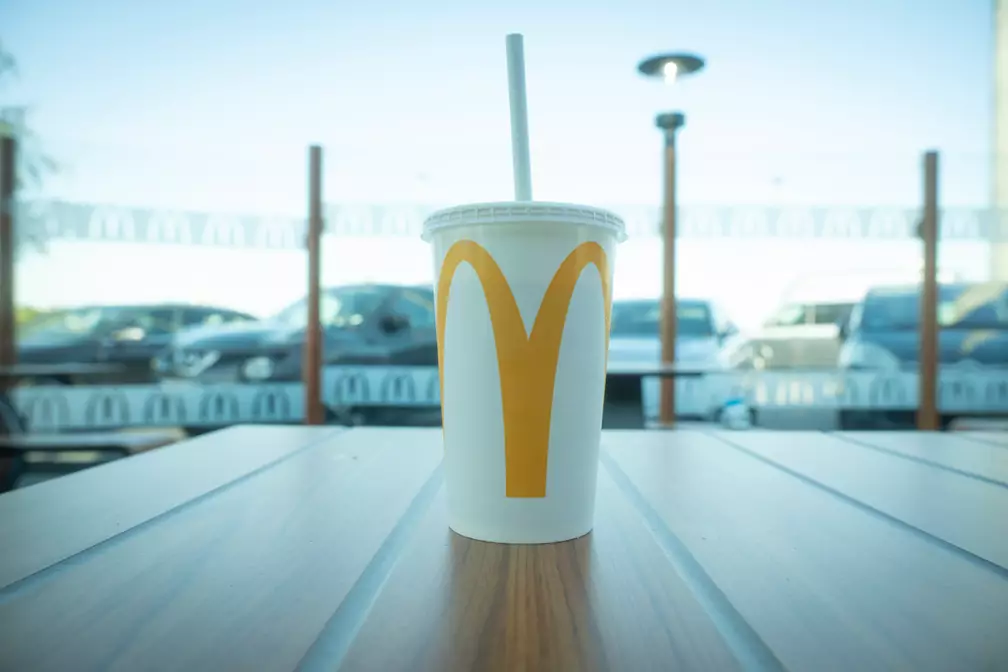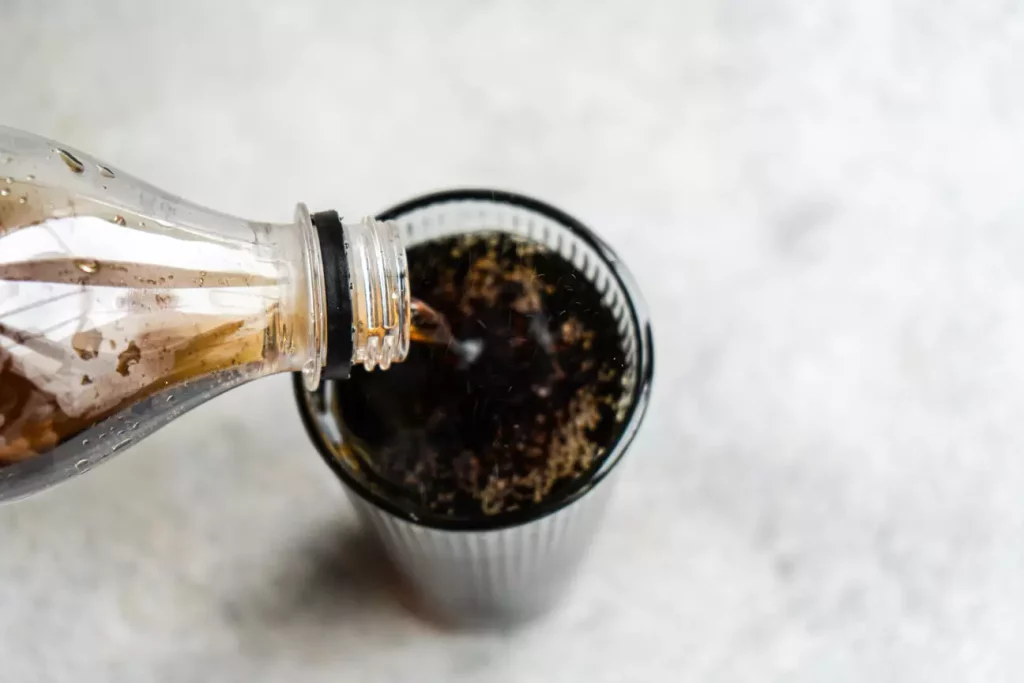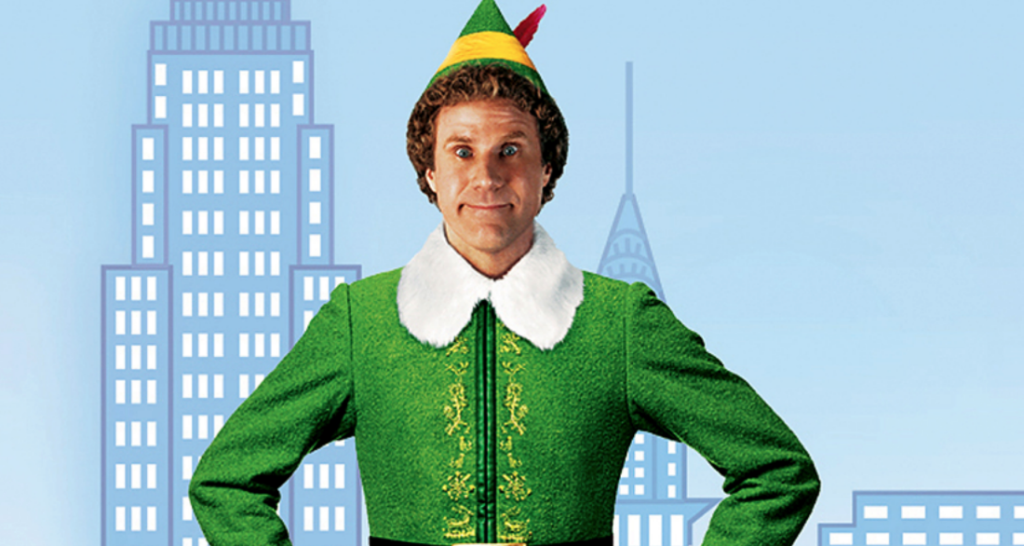If you’ve ever enjoyed a coke at McDonald’s along with a Big Mac and fries, you may have noticed that it tastes rather different there than it does in any other can or bottle you might have purchased from the store.
There is a rationale for the idea we’ve been attempting to communicate to our tastes for decades, so you’re not insane for believing it.
It’s also not what you may expect.
Every step of the journey has a purpose, from the bottles used to keep the Coca-Cola syrup to the kinds of straws that are employed.
We must go back to the beginning, when the fast-food chain and the drinks company initially teamed up, to get to the bottom of it.

In the 1950s, Coca-Cola was added to the McDonald’s menu, and since then, the two enormous corporations have created a number of procedures that are exclusive to the way the franchise functions in comparison to other eateries.
Since that fatal collaboration, ten different procedures have been developed to explain why the product is different within the Golden Arches than it is elsewhere.
The first is that McDonald’s coke is not pre-mixed, in contrast to the canned beverages.
“The moment they start pouring from the tap,” fountain coke is combined.
Because of this, the syrup and carbonated water are “stored and dispensed by the machines separately” and only mix when your cup is filled.
Many believe this process leads to a ‘fresher flavour’.
Secondly, McDonald’s makes a huge effort to standardise its syrup level measurements – strictly adhering to 40 grams of sugar per every small coke.
That brings us onto the third point which revolves around all things ice.

Since McDonald’s goes to great lengths to ensure that its coke achieves a specific standard and that dilution won’t impact the overall flavour, the syrup-to-water ratio is so carefully considered that it even takes melting ice into account.
McDonald’s pre-chills its syrup to prevent this dilution, which also explains why the beverage maintains its fizz for a longer period of time.
The sixth factor is that, unlike most other restaurants, McDonald’s employs “steel storage tanks” for its syrup rather than plastic bags.
In essence, this assures flavour uniformity across all sites and helps the product to stay as fresh as possible for as long as feasible.

The carbonated water is listed as the sixth reason why McDonald’s soda tastes better.
With no expense spared, insulated tubing keeps even the water used to mix the syrup at a “chilled temperature,” enabling the fountain to maintain a constant temperature between 0.5 and 3.3 degrees Celsius.
In addition, carbon dioxide levels are maintained at high levels to entirely “optimise” bubble levels, adding to the slightly crispier sensation that many associate with McDonald’s soda.
The chain’s “advanced water filtration system,” which guarantees the purest water possible to establish a “uniform beverage standard” regardless of your water source, accounts for the eighth reason.
The latter two arguments centre on the finished item, literally, with a strong emphasis on the packaging.
The chain uses ‘wider straws’ than any other fast-food restaurant which allows for ‘bigger sips’. This is so that customers can let their beverage ‘wash over their taste buds’ more efficiently.
And, finally, the tenth reason is that McDonald’s plastic drinks cups are able to ‘return carbonation’ better than glass containers or aluminium cans.
Unlike other packaging, the plastic cup is not nearly as porous and efficiently ‘traps the gas’ of the carbonated beverage.
So, there you have it, you’re not crazy for believing McDonald’s coke tastes so different from other versions of the same drink.















